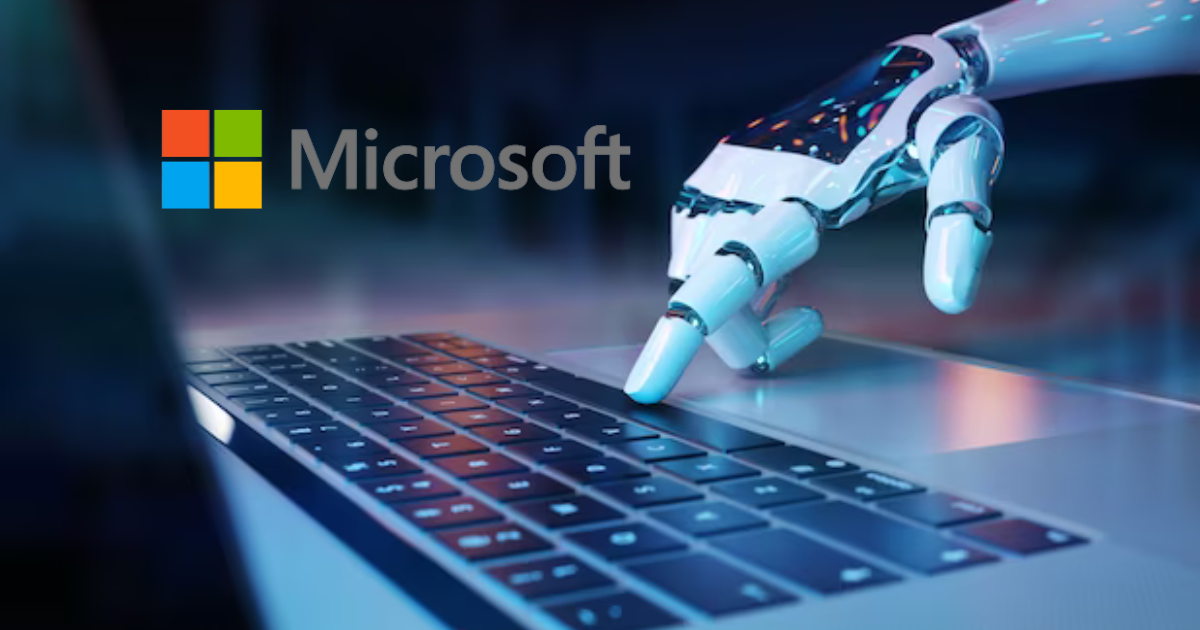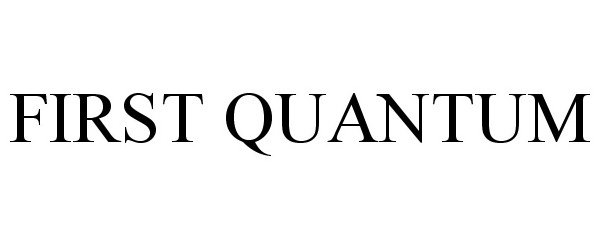Microsoft (MSFT:NSD) is locked in a high-stakes battle with the U.S. Internal Revenue Service (IRS) over an astronomical $28.9 billion in back taxes, spanning the years 2004 to 2013. This corporate tax dispute promises to be one for the history books. Meanwhile, on the innovation front, OpenAI, supported by Microsoft, aims to simplify the creation of AI-powered applications and significantly cut both time and costs for developers. Debuting at OpenAI’s developer conference on November 6, 2023 This article will highlight the MSFT stock forecast, its position in the tax clash, and its involvement in empowering open AI.
Microsoft’s Defiant Stance:
In a resolute response, Microsoft has made it clear that it is prepared to vigorously challenge the IRS’s assertions within the IRS Appeals Office. In the event of further escalation, Microsoft stands ready to take the matter to court.
Additionally, the tech giant has categorically stated its intention to refrain from tapping into its reserves to cover the disputed tax claims. Notably, Microsoft emphasizes that the $28.9 billion tax assessment does not account for the tax payments made under the Tax Cuts and Jobs Act of 2017, which could potentially reduce the sum by approximately $10 billion.
Challenges of Transfer Pricing:
Large American tech companies with global operations often employ complex transfer pricing mechanisms as a means to optimize their tax obligations. This practice allows them to allocate profits to tax-friendly jurisdictions, thus minimizing their overall tax liabilities.
In the case of Microsoft, the IRS has been investigating the company’s transfer pricing strategies during the specified period and alleging that it unjustly shifted profits to Puerto Rico.
Tax Strategy and Global Manufacturing Centers:
Microsoft, in its defense, contends that it manufactured and distributed its software from key global hubs such as Singapore, Dublin, and Puerto Rico during the period in question. This, they argue, gave them the right to allocate profits to these regions and reduce their tax obligations.
Many other U.S. corporations utilize similar strategies, asserting that as the costs associated with technology development and marketing are incurred across different regions, the associated profits can also be distributed accordingly.
Microsoft Ongoing IRS Audit:
However, it’s crucial to note that, due to revisions in U.S. tax legislation, Microsoft recently altered its transfer pricing practices. In mid-2021, the company repatriated certain intellectual property assets from Puerto Rico back to the United States, rendering the IRS’s concerns irrelevant to Microsoft’s current tax planning strategies. It’s also worth mentioning that the IRS is separately conducting an audit of Microsoft’s tax returns for the period spanning 2014 to 2017.
Boosting Efficiency with Memory Storage:
One of the most eagerly anticipated updates is the introduction of memory storage for AI models. This innovation promises to be a game-changer, potentially slashing application development costs by an impressive 20%.
To make this possible, OpenAI is diligently working on launching a stateful API (application program interface) that will enable the storage of conversation histories, a crucial feature for developers seeking to harness the full power of AI. Microsoft’s empowering OpenAI in this process points to a promising MSFT stock forecast, overshadowing the tax disputes.
Enhancing multimodal capabilities:
OpenAI is not stopping there. Another highlight in this forthcoming update is the rollout of a vision API, which empowers developers to create applications capable of analyzing and describing images.
This strategic move represents a significant step towards providing multimodal capabilities, allowing the processing and generation of various media, from text to images, audio, and video. It’s an exciting leap forward for developers looking to create applications with a holistic approach to data processing.
Driving Developer Appeal:
The primary goal of these updates is to attract more developers to the OpenAI platform, especially those interested in building AI-powered chatbots and autonomous agents that can automate tasks efficiently.
By expanding its developer base, OpenAI aims to bolster its revenue streams, as developers will need to subscribe to access OpenAI’s model for building their AI software. Last year, the company set ambitious expectations, aiming to achieve $1 billion in revenue by 2024.
Moreover, OpenAI is taking steps to reduce the cost of utilizing its platform, which is a compelling incentive for developers to remain loyal rather than exploring alternatives provided by competitors like Meta Platform’s (META) Llama.
MSFT’s Financial Outlook:
For investors seeking insights into the future performance of Microsoft Corporation, Brad Zelnick of Deutsche Bank is a noteworthy analyst to follow. Emulating this five-star analyst’s trading decisions on MSFT and holding each position for a year could potentially yield a 93% success rate with an average return of 31.59% per trade.
MSFT Stock Forecast:
Based on the MSFT stock forecast from 37 analysts, the average target price is $359.24 for October 2024. The consensus rating from analysts is “strong buy..” Stock Target Advisor’s analysts are “slightly bullish.” This analysis is based on seven positive and four negative signals.
Current Performance:
At the closing, the stock price was $332.42. The price has changed by +4.22% over the past week, -1.63% over the past month, and +47.47% over the last year.
Conclusion:
OpenAI’s innovations are boosting MSFT stock forecast, showcasing the company’s commitment to technology’s future. However, the ongoing IRS tax clash remains a risk factor. While OpenAI’s advancements create a positive outlook, resolving tax disputes will play a role in Microsoft’s financial health and stock performance. Investors should carefully consider both opportunities and challenges when evaluating MSFT stock.




































